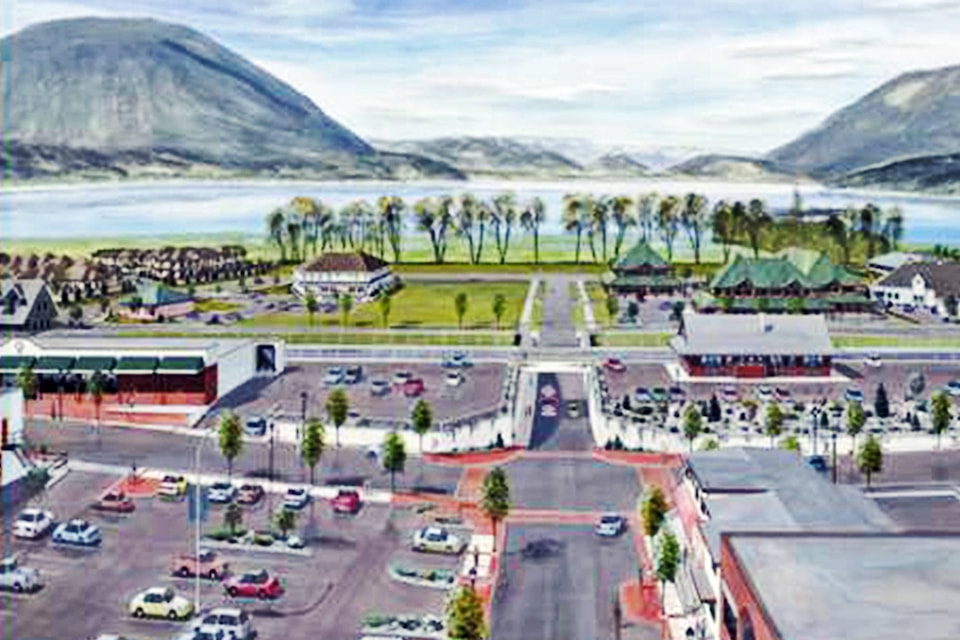The underpass that has been a point of disagreement within the community received approval from a majority of Salmon Arm voters on Oct. 20.
A referendum regarding borrowing for the Ross Street underpass was placed on the municipal ballot. Voters were asked to reply ‘yes’ or ‘no’ to the question: “Are you in favour of council for the City of Salmon Arm adopting Loan Authorization Bylaw No. 4500, which would authorize the City of Salmon Arm to borrow $5,300,000 for the purpose of constructing the Ross Street Underpass and related works.”
When the electronic ballot-counting machine had finished its work Saturday, 3,486 people had voted yes and 2,069 had voted no.
Related: City sets stage for underpass referendum
Construction of the underpass is expected to cost a total of $12.48 million. Regarding funding, the previous council said the remainder of the costs will be covered by reserve funds from development cost charges, grants, a federal government grade crossing program and a contribution from CP Rail. Council has also said the repayment of the debt will not mean a tax increase because the retirement of the Shaw Centre debt will coincide with the new debt.
Arguments that have been raised in opposition to the plan have included the wish to spend the funds elsewhere, opposition to the need for a pump to remove water, to the design, to the contention from those in favour that there is a large safety risk without an underpass, to disruption to the downtown during construction and others.
The project will require approvals from council before proceeding.
@SalmonArm
newsroom@saobserver.net
Like us on Facebook and follow us on Twitter
